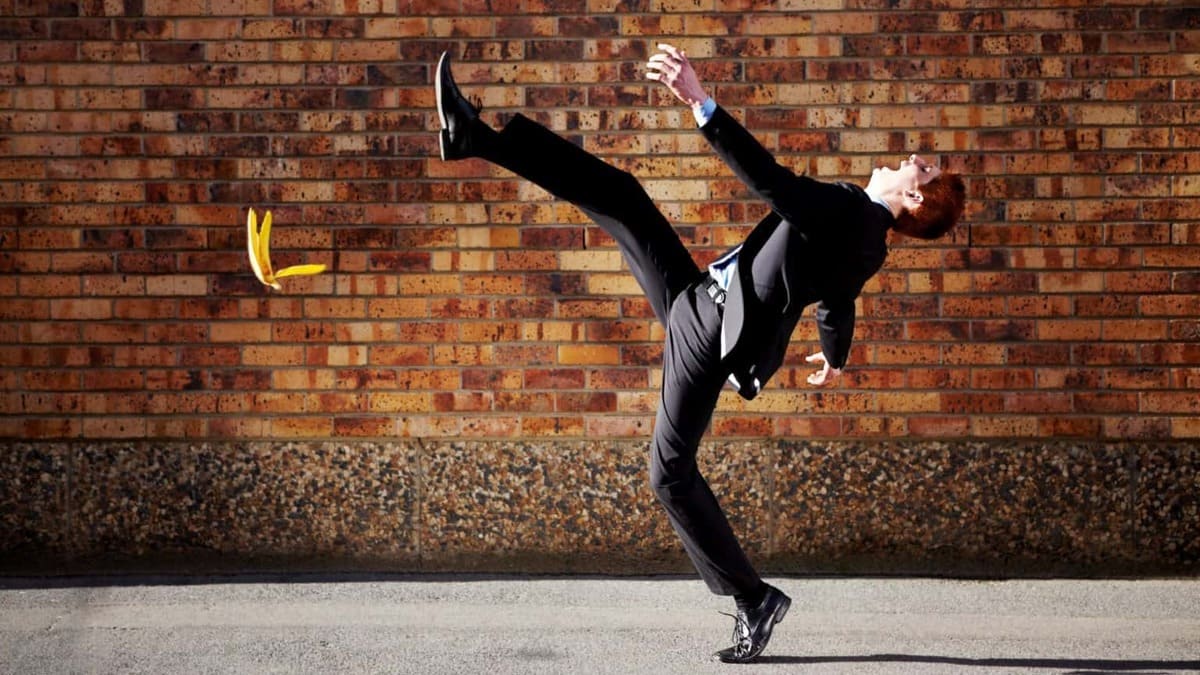Nothing is as demoralizing as stepping into the dance floor with a slippery dance shoe. Slippery dance shoes are great risks! Whenever you dance in slippery shoes, you expose yourself to dangers that can take you off the dance floor for a long time.
In this article, I will show you how to make dance shoes less slippery with little effort! And don’t worry, the processes to be mentioned here are things you can do by yourself, at your convenience. Let’s go!
10 Best Ways How To Make Dance Shoes Less Slippery
There are so many ways that you can make your dancing shoes less slippery. The processes listed in this article are tested, so you have nothing to worry about how effective they are!
1. Remove the Dirt Underneath the Sole
When you notice that your dance shoes are slippery upon stepping onto the dance floor, the first thing to do is to consider if you have dirt underneath your shoes. Sometimes, all you need to do is wipe off the dirt underneath the sole and you are good to go.
The dance floor carries a lot of people, and some of these – especially women, tend to leave hair on the dance floor. When your sole picks this up, it breaches the grip your shoe had on the floor and will undoubtedly cause your dance shoes to be slippery.
What you need: A damp towel and a brush
Use this to wipe/brush off the dirt/hair on your outsole whenever you feel your anti-slippery dance shoes becoming slippery after stepping on the dance floor.
2. Get Grip Pads
Getting grip pads will help lessen the slipperiness of your dance shoes.
Grip pads come in different shapes, sizes and colours, so you can easily get one that matches the colour of your dance shoes.
What you need: Glue and grip pads
Apply the glue on the part you intend to fix the grip pads and some on the grip pads. Allow the glue to dry a bit and then couple together. Allow to dry for some time and you are good to go.
3. Use Sand Paper
Sandpaper is a good remedy for slippery soles. This way, you can transform any soft spot on your slippery sole into a rough area, thereby having a limited time of grip on the dance floor with your dance shoes.
What you need: Sandpaper
This is one of the easiest processes. You can do this while watching a movie. Just make sure to sandpaper any soft, slippery spot underneath your dance shoes to have the required grip when next you go dancing.
4. Use Nail Files
A perfect alternative for sandpaper is a nail file. Also, this is perfect for a more detailed result, even though this is equally time-consuming. Nail files are convenient when you intend to make just part of your dance shoes rough for the grip.
What you need: Nail files
Your nail filer has more use than you can think of!
5. Walk on Rough Surface
And if you are probably lazy to go through the process of sandpapering your dance shoes or filing them, you can just depend on rough surfaces to do the job for you.
What you need: Rough surfaces, gravels, stones, or roughly cemented floors
Walking on any of the above surfaces will have the same effect as sandpaper or nail files. But be careful not to damage the sole of your dance shoes.
6. Apply Rosin
Most ballet dancers apply rosin on the outsole of their shoes. This helps to give them the grip they want.
What you need: Rosin and carton box
Pour the rosin into a carton box, and then put your shoes on them – dipping the outsole into the rosin to ensure it sticks. You can clean off the excesses. Do not let rosin come in contact with your hands or feet.
If you want your shoes to have just the right amount of friction, not something that will restrict your movement in the cause, this is one process you should consider.
7. Apply Hairspray
Consider spraying the outsole of your dance shoes with hairspray to enhance their friction.
What you need: Hairspray (any hairspray will work)
You can do this in the comfort of your sitting room. Just make sure to let your dance shoes dry thoroughly after spraying and then tap gently to have more texture.
You can use a clean, dry towel to wipe excesses off and spray wherever unwanted.
8. Make Use of Wet Napkins
Having a wet napkin will ease your suffering when dancing on a slippery dance floor.
What you need: Napkins, clean water and a bowl or water spray
Soak the napkin, make sure it is damp and then wipe the outsole of your dance shoes with it. This will clear off any dirt you might have picked up while dancing and add more friction to your dance shoes due to moisture on the surface.
9. Wear Your Dance Shoes at Home
Most times, dancers suffer slipperiness from new dance shoes. An easy way to roughen or hasten the frictional grip of your shoes is by wearing them regularly around the house.
What you need: Nothing special
All you have to do is wear your new dance shoes and walk around the house doing your regular activities. This will roughen the outsole and provide you with the friction you desire.
10. Make Use of Coating Spray
Coating spray works well for new and old dancing shoes. They are alternatively called ‘Traction Sprays’ or ‘Grip Sprays’. They work the same way a hairspray would and even better.
What you need: Spray bottle and a Traction spray of your choosing
The process of applying this is the same as that of the hair spray. This is an expensive alternative to hairspray, although more practical and recommended.
Bonus Tip: Know Your Dance Floor
Sometimes, it’s not your dance shoe that is slippery, it is the dance floor. And if that is the case, you probably have nothing to worry about. Making your dance shoes anti-slippery will equally take care of that and let you enjoy the dance session to the fullest with full confidence in your shoes – although for a limited time because of the slippery dance floor.
If you own a dance studio and need guides on keeping your dance floor neat and clean to avoid letting dancers slip when they dance, you should consider reading this: How To Make Your Dance Floor Less Slippery.
Final Words
You don’t have to manage slippery dancing shoes any more than you have now that you have been given the secret to making your dance shoes less slippery. Any steps mentioned above will work fine and make your dance shoes less slippery.
And if you are unsure about doing any of the steps mentioned here yourself, this is probably because you don’t want to damage your dance shoes by doing it wrongly. In this case, you can take them to the cobbler.

